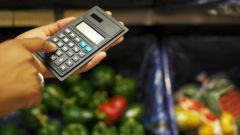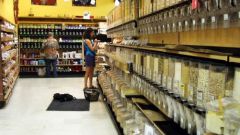Instruction
1
Unfortunately, the normative documents on accounting of the activity, composed very little, and pitfalls in this area can be quite a lot. Prices in public catering are set for raw materials and finished products. The purchase price then formed in the same way as in the retail trade. Is the selling price of the supplier, plus the cost of excise duty, VAT, customs fees, transport and other expenses for purchase and transportation. In addition, the final price must include the cost of rent, staff salaries and utility bills.
2
In order to avoid losses of products within production using the so-called valuation price. The valuation price is required in order to maintain control over the movement of inventory in the system of material responsibility in the pantry, in the workplace and in the cupboards values should be expensed at the prices at which they were invoiced.
3
Finally, the most important in accounting for public supply is the formation of the retail price. The retail price is the price at which goods are sold to end consumers. Is it because of the cost of acquisition of goods and the uniform trade margins calculated for public catering enterprises.
4
Accounting food service occurs according to a predetermined plan. First you need to fix all the expenses incurred. Not only for the purchase of goods and wages to the workers, but rent, taxes, and flowed on. The next item is the reduction of possible losses and production losses. This accurate calculation of the required number of purchases, so nothing was spoiled, and the appointment of the materially responsible person in case of theft or damage to property. Then comes the final price of the product; the same retail price, as discussed above.
5
There is another important point of the plan - distribution of profits. Part of the profits of a good leader leaves for subsequent modernization of production, bonuses to workers and the so-called reserve Fund, which can be used in the event of unforeseen situation.








